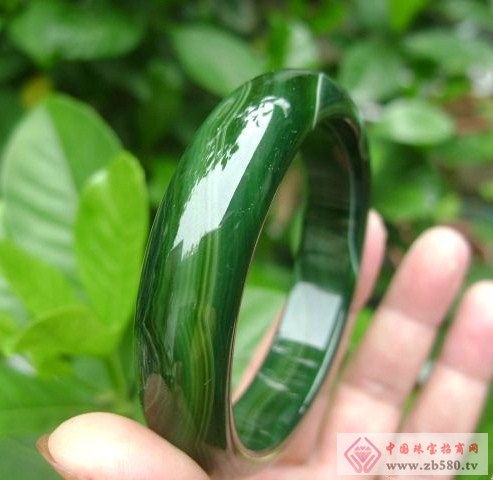There are a lot of green gemstones similar to jade. In order to avoid the purchase of fakes by Cuiyou, Xiaobian will sort out the second phase of identifying jade and green similar gemstones. Let's learn.
First, the green agate:
Natural green agate is mostly impure green, dark green, brown green. The bright green agate is mostly a misuse of artificial dyeing products or green chalcedony.
1. The green agate is uniform in color and has parallel ribbons. The polished surface is smooth, has no orange peel effect, and has no granular structure.
2. The relative density is smaller than that of jade. When it is heavy, it can obviously feel lighter than jade.

Second, dyed quartzite:
A large number of dyed quartzites appear on the market and in the stalls, and are called "Malay jade" and "Korean jade". These names are used to confuse audition. The most common is the ring face, followed by the jade button and necklace.
1. The flashlight is irradiated from the side near the sample, and the granular structure can be seen with the naked eye. Zoom in to see the loofah structure.
2. The early dyed quartzite was reddish under the Charles filter, and now most of it does not change color. This identification result is for reference only.
Third, the glass:
Imitation jade glass has a long history, often referred to as "materials" and "stones" in the industry. Nowadays, the green glass that resembles emeralds is more common in the market. In the small market of tourist goods, the low-grade gemstones or jade market are everywhere.
1. The imitation jade glass is uniform in color. If there is a ribbon, it is usually flowing.
2, imitated jade glass common bubbles, modern technology, better imitation jade glass bubble is small, with 10 times magnifying glass with flashlight lighting can also be seen, mostly pink green small ball.
Fourth, Tianhe Stone:
Tianhe Stone is just a color similar to jade, and the identification of finished products is relatively easy.
Tianhe stone has a small specific gravity and can be used as a reliable identification feature.
5. Dyeing green marble
Dyed green marble is used as a large imitation jade product such as bracelets and carvings, mainly in the low-end gem market.
1. The dyed green marble is darker in color, with a blue-green color and a slightly transparent to opaque.
2. The relative density of dyed green marble is small and the hand feel is light.
3. The texture of the dyed green marble is loose, the knocking sound is extremely dull, and the color distribution along the small crack is obvious.
Six, translucent emerald
The high-quality transparent emerald is not less expensive than the fine jade, and similar to jade is a poorly translucent emerald. Among them, the semi-transparent emerald cut small ring face is not easy to distinguish from jade.
1. The polished surface of translucent emerald may have pits or undulations caused by cracks, but there is no orange peel effect.
2. The relative density of emeralds is less than jade, and some emeralds turn red under the color filter.

Seven, grape stone:
The grape stone is smooth and radiant, crystal clear and lovely. It is better to have a contrast between the particles and the base color, and the grain is large and round, and it is also embossed to form a graphic.
The grape stone is yellowish or bluish, mostly transparent to translucent.
The interior of the grape stone usually contains cotton-like inclusions.
Mens Shirts,Cotton Mens Shirts,Short-Sleeve Shirts,Cotton Printed Shirt
SHAOXING CLOTHO APPAREL CO.,LTD , https://www.clothoapparel.com